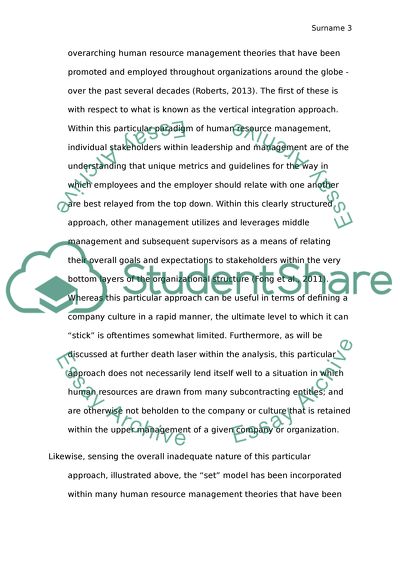Cite this document
(“Construction Management Coursework Example | Topics and Well Written Essays - 2250 words”, n.d.)
Retrieved from https://studentshare.org/human-resources/1663962-construction-management
Retrieved from https://studentshare.org/human-resources/1663962-construction-management
(Construction Management Coursework Example | Topics and Well Written Essays - 2250 Words)
https://studentshare.org/human-resources/1663962-construction-management.
https://studentshare.org/human-resources/1663962-construction-management.
“Construction Management Coursework Example | Topics and Well Written Essays - 2250 Words”, n.d. https://studentshare.org/human-resources/1663962-construction-management.


